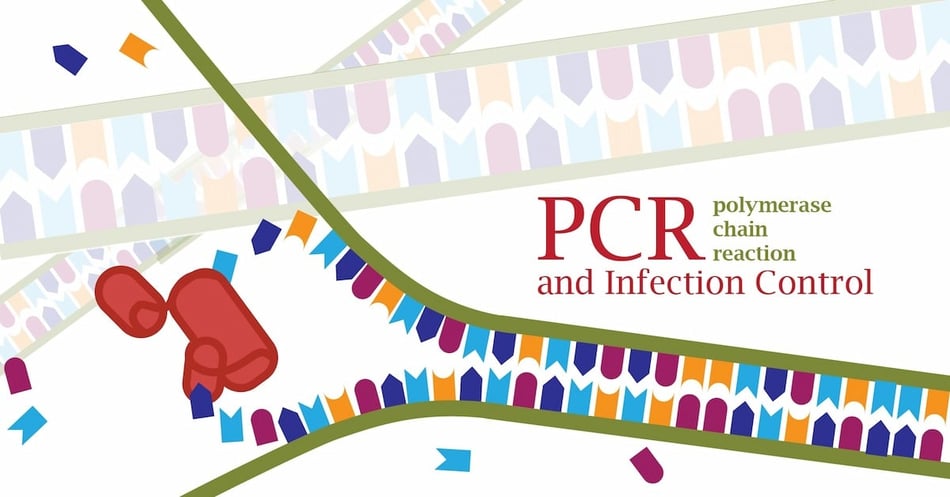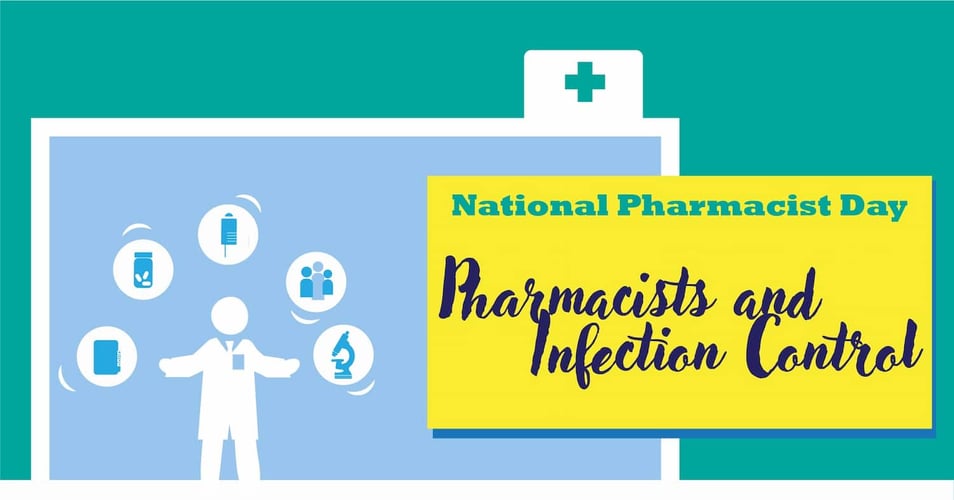PCR & Infection Control: Impacting Patient Outcomes

Polymerase Chain Reaction, or PCR, allows us to quickly identify a pathogen from a small sample. This rapid identification is a helpful change from traditional culturing methods, which can take several days. In today's post, we will explore how faster identification leads to better patient outcomes.
The Waiting Game
Traditional lab work impedes the opportunity to provide directed therapy specific to the causative agent of the infection. Physicians cannot safely wait for a lab culture to come back before beginning treatment. During the 24-96 hours' wait, the patient could become far sicker, and even die. Therefore, at the first signs of infection, the typical response is empiric therapy, a cocktail of antibiotics while the sample is being cultured and analyzed. If the patient does not respond, then the lab results give the physician the added data needed to prescribe a different antibiotic or change the treatment course.
Another impact of traditional lab work is the isolation status of a patient. Some hospitals will initiate contact precautions if they believe a patient has any infection, even before the lab results come back. Other hospitals have protocols that specify how many infection-free days a patient must have before contact precautions are removed. In both cases, delays keep some patients in isolation longer than necessary. This extended time in isolation is uncomfortable for the patient, may prevent them from access to family members, can impact their medical care, and costs the facility time and money.
Faster is Better
While prevention is ideal, the next best thing for better patient outcomes is a quick resolution of a hospital-associated infection. For this reason, PCR can impact both patient outcomes, staff workloads, and facility finances.
- When physicians know the exact pathogen causing the infection, they can begin a more targeted antibiotic use. This means less use of broad-spectrum antibiotics, which are being threatened by growing resistance. Since antibiotic use has been linked to C. difficile infections (CDI), using fewer antibiotics may also impact CDI rates.
- If PCR reveals a multi-drug resistant organism, the medical team can initiate containment protocols such as contact precautions, change in disinfectants, patient bathing, transmission investigation, and many other possibilities.
- The fast turnaround time for PCR means patients spend less time in isolation or under contact precautions. This frees up isolation rooms and staff time while improving patient care and satisfaction.
- PCR means better outcomes for patients, less use of isolation, shorter hospitalizations, and fewer readmissions, all of which help the facility's bottom line.
It's Not Just About Speed
We've covered how quick results make PCR a huge help in infection control. But is that all this technology has to offer? Absolutely not. PCR is more sensitive and accurate than traditional culturing methods, consistently outperforming culturing in a variety of studies over the past decade.
So why is PCR not in every single healthcare facility, or used for every infection?
The machine itself is not prohibitively expensive, nor is the training particularly demanding. The cost that seriously impacts a facility's budget is purchasing primers, the DNA segment that is unique to each pathogen. If PCR is used facility-wide on an on-demand schedule, the cost of purchasing primers could run into the millions of dollars! The facility would have to regularly purchase broad-spectrum primers (multiplex PCR panels), as well as any individual pathogen primers needed. Another obstacle is that not all primers are equally sensitive, and some pathogens do not have reliable primers discovered yet.
Despite these drawbacks, us of PCR continues to grow nation-wide. This technology benefits from the extensive research in the field of genomics, so new primers are constantly being discovered, tested, and released for use. And as with most technology, as the science progresses, the costs should steadily become more affordable. For now, hospitals must each look at their cost-benefit for PCR, and all the advantages it provides.
We are curious about your experiences with PCR. Does your facility use this technology? If so, are there restrictions as to how it is used? Let us know in the comments section below!
Editor's Note: This post was originally published in August 2018 and has been updated for freshness, accuracy and comprehensiveness.
![EOScu Logo - Dark - Outlined [07182023]-01](https://blog.eoscu.com/hubfs/Eoscu_June2024/Images/EOScu%20Logo%20-%20Dark%20-%20Outlined%20%5B07182023%5D-01.svg)

![[infographic] Key Questions for Measuring Cost-Effectiveness Download and share!](https://no-cache.hubspot.com/cta/default/216314/interactive-178750805176.png)



